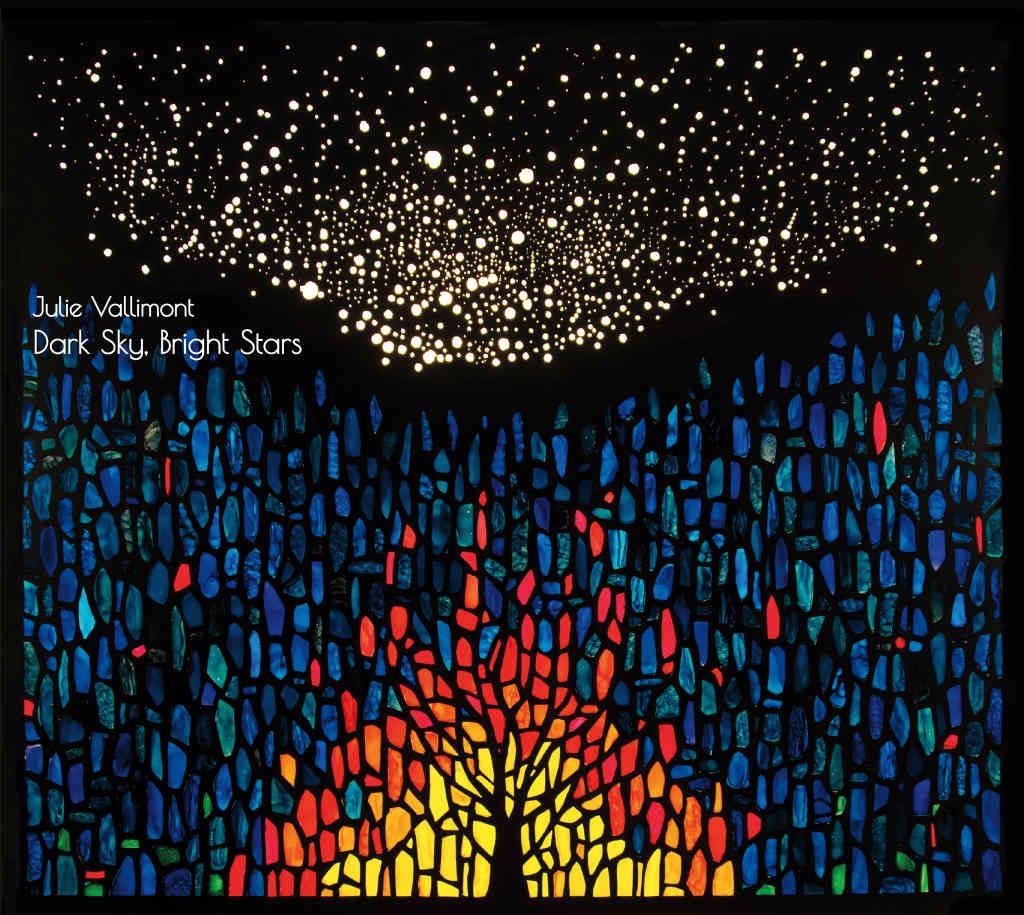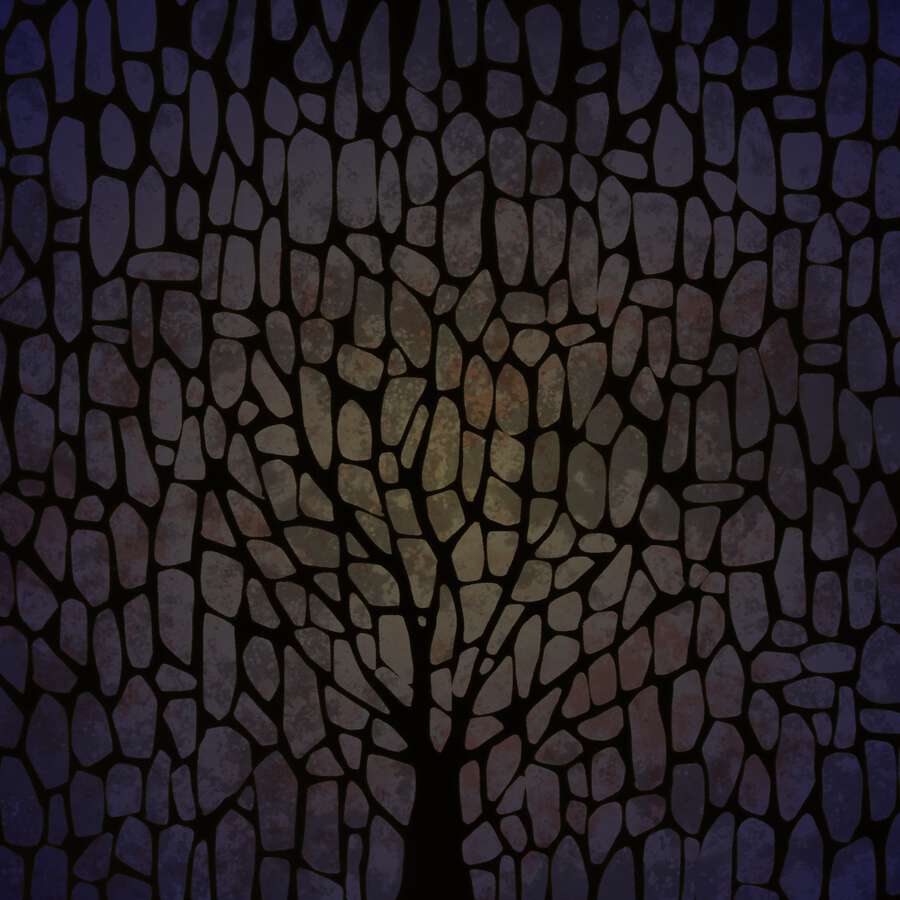
Julie’s debut solo album Dark Sky, Bright Stars is a series of musical conversations. The album contains sixteen original instrumental pieces recorded in collaboration with some of the Northeast’s finest folk musicians: producer Yann Falquet (guitar, jawharp), Anna Patton (clarinet), Becky Tracy (fiddle), Katie McNally (fiddle), Andrew and Noah VanNorstrand (fiddles), Mark Roberts (banjo), Mia Bertelli (voice), Daniel Hawkins (cello), Rachel Bell (accordion), Kirsten Lamb (upright bass), and Màiri Chaimbeul (harp). For more background on the album, read here.
Track listing:
- Hope Street (waltz)
- Summer Garden (scottische)
- Waltz for Amalia (waltz)
- Skarpi (mazurka)
- The Pearl in Sorrow’s Hand (slow reel)
- Beauchamp (waltz)
- Turnagain (slow reel)
- Leo’s Waltz (waltz)
- The Landing (mazurka)
- High on the Hill – Full Moon Jig (jigs)
- The Shortest Day – The Open Door (marches)
- Sierra (waltz)
- Polka (Into the Forest) (polka)
- Spark in the Dark (waltz)
- Lullaby (reel)
We recorded at a wonderful 200-year-old farmhouse/studio in Maine, called Great North Sound Society. It was the height of winter, Jan-Feb, and during an unusual cold snap (even for Maine), -10 outside, so the snow outside was glistening and crispy. The house was like any good old farmhouse: quirky, charming, cozy. And being owned by an excellent keyboardist (Sam Kassirer, of the Josh Ritter Band), it was full of vintage organs and synths, good records, and good whiskey.
We all slept at the house and then used the bedrooms as isolation booths to record in during the day. We sat around the fireplace at night and listened to albums. We ate lots of soup and stews together around the farmhouse table when we weren’t recording. We played ping-pong. We stopped working anytime the heat came on because it made loud clanks throughout the house. When it got too cold to record, we’d take a break. Between the cold and the heat having to be on, the humidity in the main live room got so low that my accordion bellows dried out (who knew bellows could dry out?) and started going fwap-fwap-fwap every time I opened them. So I waited a few days and re-recorded all those accordion parts.
The fiddles and harp recorded in the attic, a large rustic space with exposed rafters and a big hole in the floor that said something like “WATCH OUT” in tape around it. The heat in the house awoke the flies and bees that had gone to sleep in the ceiling, and several times Yann, our ever-fearless producer, had to run up the stairs to the attic and swat them before we could continue recording. I still remember hearing it in headphones: us playing music, then the thump-thump-thump of flies bumping into glass, then Yann’s voice saying we should stop (or, once, Katie announcing with some concern that she was surrounded by bees), then a cheerful “Here I come!” from the control room and Yann’s feet bounding up the rickety stairs to the attic, and the sound of swatting, and laughter. Deep in a few of the tracks, if you listen close in headphones, you can still hear a few flies buzzing against the window.
So this album, like the farmhouse, like us, has lots of quirks. All sorts of sounds like the swish of the piano damper pedal or the sound of a bow, plus whatever our moods were that day, and the personalities of all the musicians who helped bring it to life. It’s not perfect, but that’s not the point. And I wouldn’t have done it any other way.— Julie


